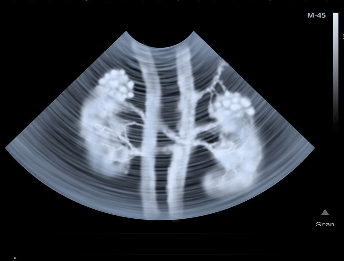Renal dtpa

What is a Renal DTPA?
A Renal DTPA (Diethylenetriamine Pentaacetic Acid) Scan is a nuclear medicine test to assess kidney function, blood flow, and drainage. It involves injecting a small amount of a radioactive tracer, which a gamma camera detects. This scan can detect a blockage in one of the arteries leading to the kidneys, which might cause your raised blood pressure. It can also tell how well each of your kidneys is working.
The Renal DTPA scan provides dynamic imaging of the kidneys, allowing doctors to monitor renal perfusion (blood supply), glomerular filtration, and excretion. It differs from a Renal MAG3 scan, often preferred for patients with poor kidney function.
Who is Suitable for a Renal DTPA?
A Renal DTPA scan is recommended for individuals who:
- Have suspected kidney dysfunction or impaired filtration.
- Experience recurrent urinary tract infections (UTIs).
- Have a history of kidney stones or obstruction.
- Are being evaluated for renal artery stenosis (narrowing of kidney blood vessels).
- Need assessment for renal transplant viability.
- Have congenital kidney abnormalities, such as duplicated ureters.
- Require monitoring after kidney surgery or intervention.
- Are being screened for hypertension related to kidney disease.
Benefits of a Renal DTPA Scan
- Non-invasive: Only a tiny injection is needed.
- Provides functional imaging: Unlike traditional imaging (e.g., ultrasound or CT), this test shows real-time kidney function and drainage.
- Early detection of kidney problems: Helps identify conditions before structural damage occurs.
- Guides treatment planning: Essential for planning surgery, stenting, or nephrectomy (kidney removal).
- Minimal side effects: The radioactive tracer is safe and has a short half-life, meaning it exits the body quickly.
Conditions Diagnosed by a renal dtpa scan
A Renal DTPA scan can help diagnose and monitor various conditions, including:
- Obstructive Uropathy: Blockage in the urinary tract due to kidney stones, tumours, or strictures.
- Hydronephrosis: Swelling of the kidneys due to urine buildup.
- Renal Artery Stenosis: Narrowing of the arteries supplying blood to the kidneys, a cause of high blood pressure.
- Kidney Transplant Function: Assesses whether a transplanted kidney is functioning properly.
- Glomerular Filtration Rate (GFR) Estimation: This helps measure how efficiently the kidneys filter blood.
- Vesicoureteral Reflux (VUR): A condition where urine flows backward from the bladder into the kidneys.
- Renal Scarring: Often due to recurrent infections or inflammation.
What Further Information Can a Renal DTPA Show?
A Renal DTPA scan provides detailed functional and structural information about the kidneys, including:
- Renal Perfusion (Blood Flow): Determining if the kidneys receive adequate blood supply is useful in detecting renal artery stenosis.
- Glomerular Filtration Rate (GFR): Estimates how well the kidneys filter waste from the blood.
- Urinary Drainage: Assesses how effectively urine passes from the kidneys to the bladder, which helps diagnose obstructions like kidney stones or strictures.
- Kidney Size and Function Asymmetry: Compares both kidneys to check for functional imbalances or developmental abnormalities.
- Response to Medication: Evaluate how well the kidneys respond to diuretics (e.g., furosemide) during the test to detect obstructions.
- Post-Surgical Recovery: Helps monitor kidney function after procedures like a stent placement, nephrectomy, or kidney transplant.
Preparation for Renal DTPA Scan
To ensure accurate results, specific preparations may be required before the scan.
What to Bring:
- If available, a doctor’s referral and any previous imaging reports (ultrasound, CT, MRI).
- A list of current medications you are taking.
- A water bottle, as hydration, is often recommended before and after the scan.
What to Wear:
- Comfortable, loose-fitting clothes without metal components (zippers, buttons, or jewellery), as these can interfere with imaging.
- You may be asked to wear a hospital gown if necessary.
How Long Does a Renal DTPA Take?
- The entire procedure takes approximately 30 to 60 minutes
Diet and Medication Instructions:
- Drink a minimum of 1 litre in the 1 hour before the scan. Sometimes, when you attend the centre, you will be given a tablet called Captopril, commonly used to treat blood pressure. Taking the tablet first makes the scan more accurate. One hour after the tablet, the scan starts. If you are on any blood pressure tablets, you must stop taking them 3 days before the scan.
Renal DTPA Procedure
- Injection of the Radioactive Tracer:
- A small radioactive tracer (Technetium-99m DTPA) is injected into a vein, usually in the arm.
- This tracer allows the kidneys' function and blood flow to be visualised.
- Gamma Camera Imaging:
- You will lie down on a table while a gamma camera captures images of your kidneys.
- The camera does not produce radiation; it only detects the tracer moving through the kidneys.
- You may need to remain still for the scan to ensure clear images.
- Optional Diuretic or Blood Pressure Monitoring:
- Sometimes, a diuretic (such as furosemide/Lasix) is given to see if the kidneys can adequately drain urine.
- If renal artery stenosis is suspected, blood pressure medication may be used to assess the kidneys' response.
What to Expect After a Renal DTPA Scan?
Immediate Aftercare:
- Drink plenty of water to help flush the radioactive tracer out of your body.
- Most people can resume normal activities immediately after the test.
Radiation Safety:
- The radioactive tracer used is very low dose and generally does not cause any side effects.
- It leaves the body naturally through urine within a few hours.
- Avoid close contact with pregnant women or infants for 24 hours as a precaution.
When to Seek Medical Attention:
- If you experience allergic reactions (rare), such as rash, swelling, or difficulty breathing, contact your doctor immediately.
- Mild discomfort at the injection site is normal but should resolve quickly.
When to Expect Results:
- Results will be available the following day after 2 pm.
Renal DTPA Prognosis
The prognosis following a Renal DTPA scan depends on the findings and the underlying kidney condition being investigated.
- If the scan results are expected, the kidneys are functioning well, with proper filtration and drainage.
- If abnormalities are detected, the prognosis depends on the severity of the kidney dysfunction. Common conditions identified through the scan include kidney obstructions, renal artery stenosis, impaired kidney function, or reflux nephropathy.
- In many cases, early detection of kidney issues via a Renal DTPA scan leads to timely treatment, improving long-term outcomes.
Renal DTPA Risks
A Renal DTPA scan is generally safe and well-tolerated, but, like any medical procedure, it has some potential risks, including:
- Radiation Exposure: The scan uses a small amount of radiation considered low-risk, but it may not be suitable for pregnant women.
- Allergic Reactions: Rare allergic reactions to the radiopharmaceutical tracer (DTPA) may occur, causing mild symptoms such as rash or itching.
- Injection-Related Discomfort: Some patients may experience mild pain, bruising, or swelling at the injection site.
- Temporary Side Effects: In rare cases, patients may feel dizziness, nausea, or headache after the scan, but these effects usually resolve quickly.
What if a Renal DTPA is Delayed?
If a doctor recommends a Renal DTPA scan, timely testing is crucial for accurate diagnosis and appropriate treatment. Discussing alternative imaging options or temporary management strategies with a healthcare provider is best if scheduling is delayed.
Renal DTPA Costs
- Medicare Coverage: Bulk billed. No out-of-pocket cost.



